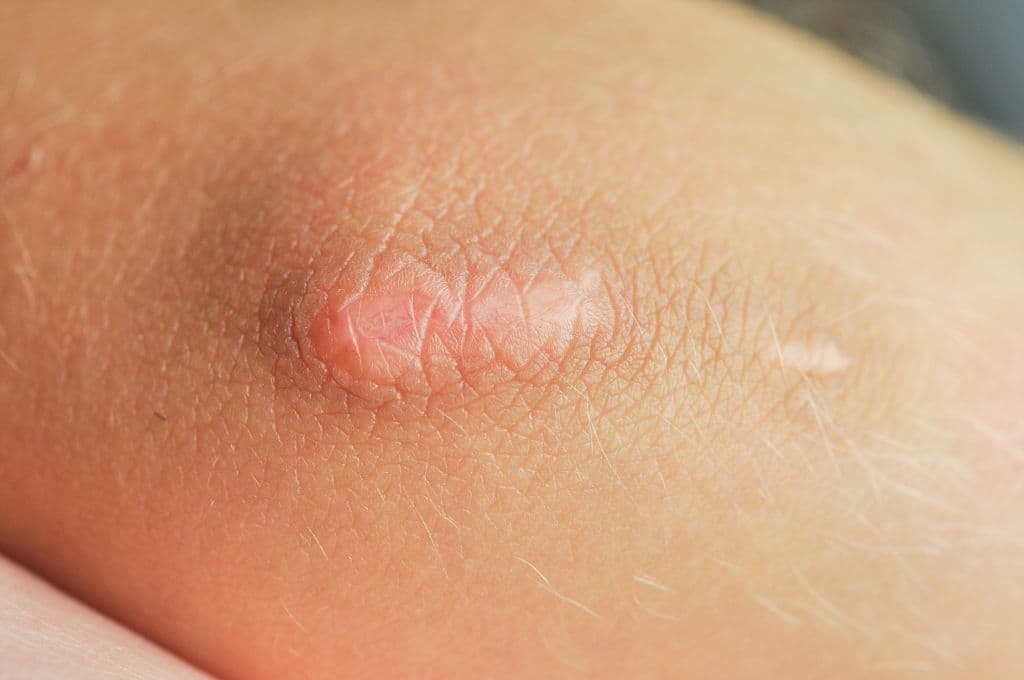Age has its way of making us aware of it. Even when you reach the age of 40, you know full well that you’re not as limber as you once were. Some things are simply easier in youth, and this becomes known as we age.
One unfortunate part of aging is that sometimes we find ourselves having difficulty caring for ourselves. When this occurs, our family or our loved ones might have to consider placing us into a care facility. And though this is a disheartening thought, sometimes it is the best decision for a friend or family member.
While in assisted care, or as a resident of a nursing home, you might find yourself restricted to a bed or wheelchair, depending on your condition, of course. If this occurs, you also might be prone to developing pressure ulcers, otherwise commonly referred to as bedsores.
Here, we’ll explore the nature of this injury and how to prevent it.
Table of Contents
Bedsores

A bedsore or pressure ulcer forms when there is significant pressure due to a person’s body weight on a localized area. These often form on the back, back of the head, or on bony areas such as the heels, ankles, tailbone, and hips.
The sore forms due to the weight of the body restricting or otherwise cutting off blood flow to a particular area.
While most bedsores are treatable, these can progress through a series of stages. Stage 1, being the most moderate, and Stage 4, being the most severe and often results in the need for surgery, which sometimes includes amputation.
Bedsores if left untreated can also result in death. This is also a primary cause to pursue legal action due to improper care at a nursing facility.
Pressure ulcers are generally avoidable through proper care and consistently moving the patient to allow a reduction in pressure on sensitive areas.
How to Prevent the Development of Bedsores
Bedsores are perhaps one of the more common conditions associated with bedridden or wheelchair-bound patients. And, these often only occur when adequate care isn’t being provided.
In addition, frequent bedsores are an indication of neglect. This is usually associated with poorly funded or understaffed assisted care facilities and nursing homes, though they can also form in patients who are heavily restricted or are unable to move around on their own.
In order to prevent bedsores, a patient needs to have consistent mobility, even if this is simply done by shifting their position periodically throughout the day. A patient can lie on his or her side and change positions every hour in order to mitigate the formation of bedsores.
The idea is to reduce constant pressure on one particular area of the body. This might be difficult to do with patients who are in a suspended stasis or in a coma, but the movement of the patient’s body can be facilitated with adequate care.
If You Suspect Neglect
Most nursing homes and assisted care facilities offer quality care for their patients and residents, however, sometimes a care facility employs a staff that simply doesn’t perform their job duties properly.
If you have a friend, relative, or loved one who resides in an assisted care facility or nursing home, ensure that you are active in their care and that you visit frequently. The prevention of bedsores and other conditions can be greatly reduced if you take a proactive role in ensuring that your friend, relative, or loved one is being properly cared for.
If you do notice signs of neglect, such as frequent bruising or bedsores, you should let the staff ombudsman know of these conditions immediately. In addition, you should also inform the local authorities as to the developing situation.
If you find that no help is being given, then it’s time to consult legal counsel in order to properly evaluate the case and to pursue charges or seek compensation if necessary.


